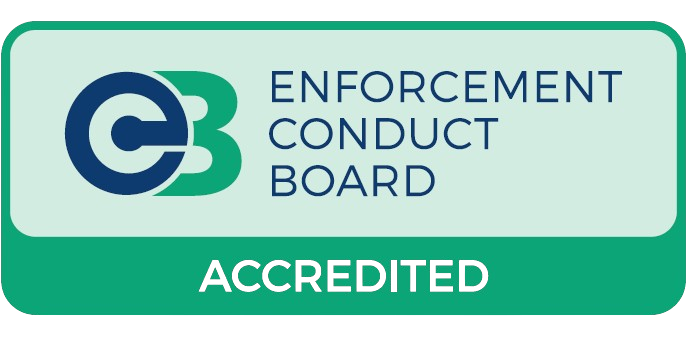CRAR & Creditors’ Voluntary Liquidation (CVL)
A CVL does not create a statutory moratorium. After the liquidator is appointed, there is no automatic stay on enforcement. Landlords may commence CRAR provided the lease has not been disclaimed and the liquidator has not taken possession of goods at the demised premises. Best practice is to notify the liquidator and instruct bailiffs to commence CRAR on the same day to protect the landlord’s position and ensure transparency.



